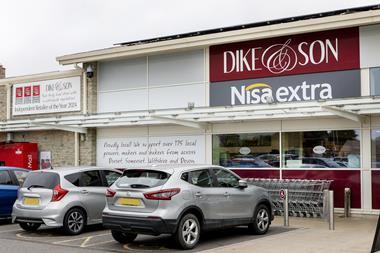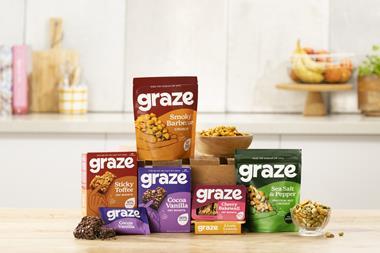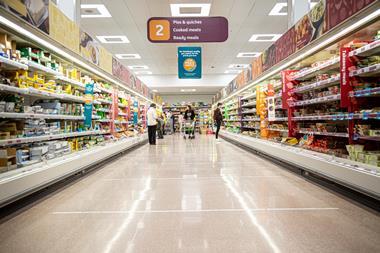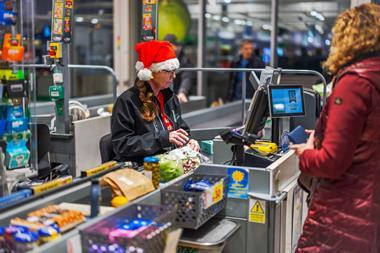Observing retailing on the Continent is a great way to rethink your store offer
In the current economic climate, anything prefixed with the word ‘euro’ is about as welcome as a piranha in a bidet. But don’t let that cloud your judgement when it comes to convenience retailing. We can learn a lot from our European colleagues.
Over the past three years, I have been to dozens of European stores as part of the ACS Study Tour programme, a well-organised event that always includes a lively mix of UK delegates - top suppliers, retailers, wholesalers and symbol groups.
It’s a valuable opportunity to observe the shopping habits and profile of customers as it is difficult to find the time to do this back at home. We visit different retail formats, observe Continental shopping habits and consider what we might import for our operations at home.
There are three distinct areas of study: ranges, store layouts and marketing. Ranges seem to emphasise freshness and quality more than we do - German retailers are famous for their deli counters with salamis, cured hams and sausages hanging from the ceiling, French retailers are famous for their bread, cakes and pastries, and Dutch retailers for their cheeses. In each case, they reflect the eating habits of the local population, but what might prove popular with shoppers in the UK?
Do we really need 60% of our bread fixture to feature sliced white? Is there an opportunity to radically rethink the yoghurt section? Are we limiting choice in fresh and prepared meats?
And what of the shoppers? There seem to be more older customers in the French stores, and more people eating on the move. German customers of all ages and classes still favour their discounters - it’s not unusual to see a Mercedes parked outside and a fur-coated lady step out and grab a shopping basket - whereas Dutch stores tend to limit their discount range to a selection of price-sensitive products.
Store interiors on the Continent throw up some interesting layouts - it’s surprising how many city centre convenience stores feature a café for shoppers to meet and relax in. Carrefour City in Paris, for instance, has a ‘two-zone’ store design - a combination of ready-to-eat/ready-to-reheat area, and the traditional everyday products fixtures. In the light of the recent debate about the merits of chiller doors in The Grocer, which compared the energy/cost-saving benefits with the customer convenience, it was interesting to see that Dutch retailers seem to fit them as standard in most stores.
I remember seeing electronic shelf-edge labels for the first time in a Migros store in Istanbul in the mid-1990s. With rampant inflation at that time, it was often necessary for prices to be changed, at the central server, twice-daily. This system is still relatively unknown in the UK, but it was surprising to see how many retailers on the Continent - and Paris in particular - had installed it.
Still in Paris, I was interested to hear one of Carrefour City’s directors, Manuel Biota, talking at a conference about its loyalty card scheme. The 25 million members across Europe are given a 5% discount on selected products and receive personalised offers via email on a regular basis. It’s another thought-provoking example of Continental retailing.
After my most recent trip abroad, I made a mental note to spend more time back at home people-watching - outside my stores, in shopping malls and in cafés/fast-food outlets, observing the snacking habits of children and adults, also looking at the ethnic profile of the area - Asda adjusted the ranges at some converted Nettos after doing this. Fashion designers and retailers do it all the time - sitting on a bench, watching people walk past, trying to spot trends.
Let’s get into the habit of taking a look at what others do - it will discourage any complacency creeping in.



















No comments yet